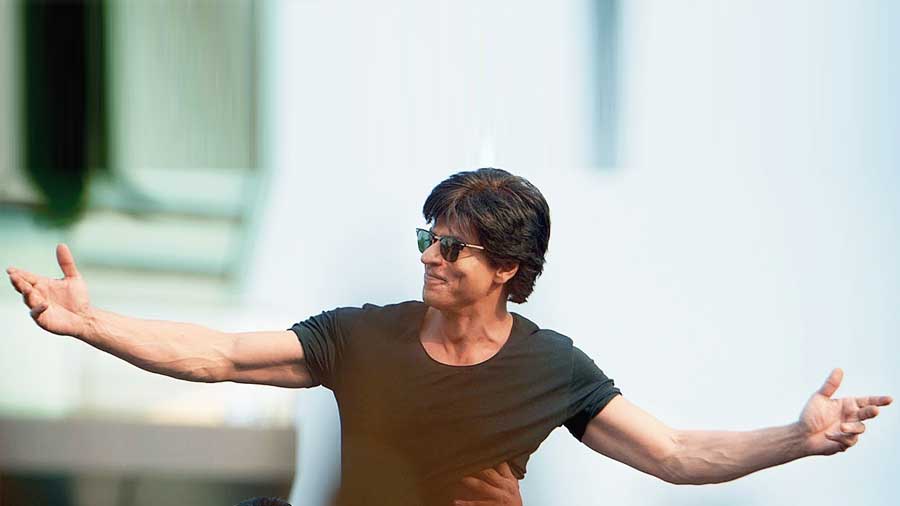In her book, Desperately Seeking Shah Rukh: India’s Lonely Young Women and the Search for Intimacy and Independence, Shrayana Bhattacharya, a “hopelessly biased fan of Shah Rukh”, tells the stories of a diverse group of Indian women – their dreams, disappointments and decisions – through the lens of their desire for SRK.
In doing that, the economist at the World Bank who is currently based in Delhi, has dovetailed economic analysis with literary portraits, personal admissions with social commentary and fandom with facts to produce a book that is as intriguing as it is illuminating.
In a multi-layered conversation, My Kolkata caught up with Bhattacharya over Zoom to discuss the loneliness of Indian women and decode the charm of Shah Rukh.
Edited excerpts from the chat.
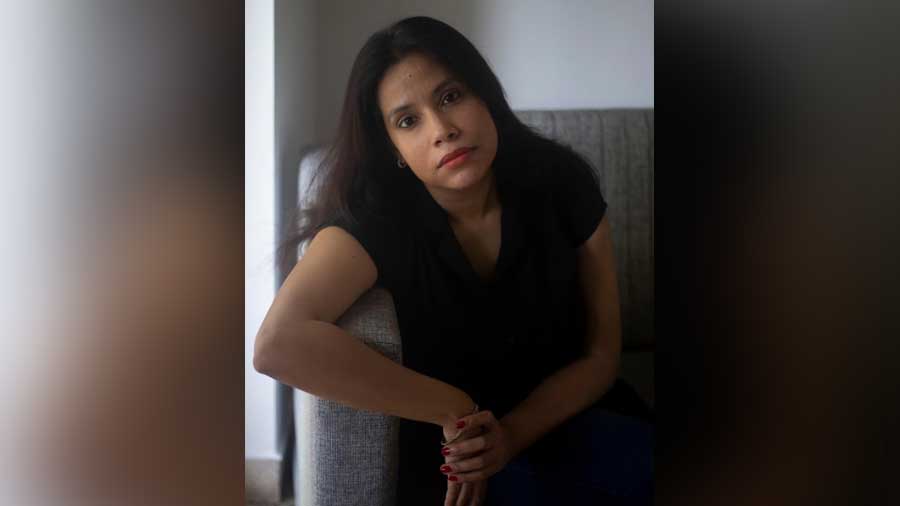
Bhattacharya, who studied economics, spent three years at a feminist think thank and presently works for the World Bank Courtesy: Shrayana Bhattacharya
My Kolkata: Before we get to Shah Rukh Khan and the role he plays in your book, tell us a bit about yourself and your journey to being an economist at the World Bank.
Shrayana Bhattacharya: Like a lot of nerdy kids, I had studied economics in college. But instead of the conventional path of taking up management and working in the private sector, I decided to study further and then got a job at this feminist think thank called the Institute of Social Studies Trust (ISST). After that I went off to pursue a course on development economics and public administration at the Harvard Kennedy School. Following my time at Harvard, I thought briefly about wanting to do a PhD, but realised I wasn’t clever enough to do that. But I was clever enough to apply and compete for a job at the World Bank, which I managed to get.
I really want to be on College Street, screaming about my book!
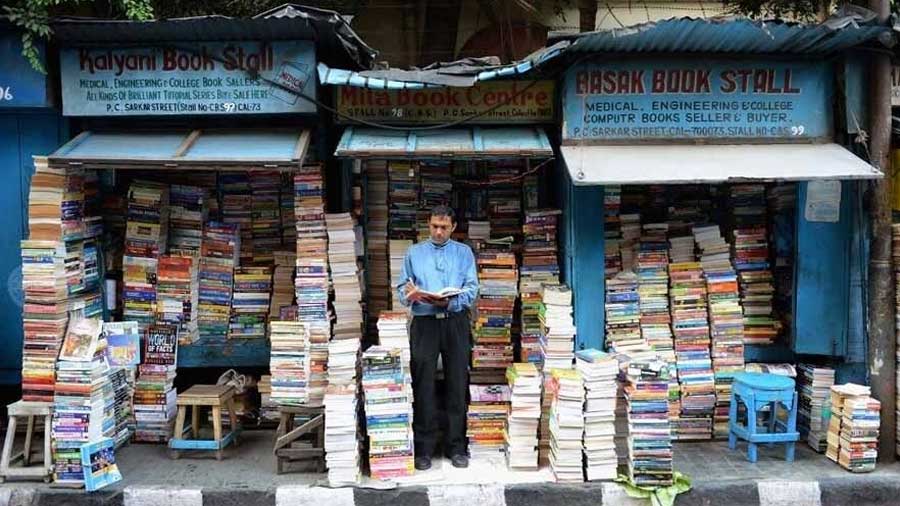
Bhattacharya loves walking around Kolkata, and would like to see her book on College Street TT archives
What is your Kolkata connection? How much time did you spend in the city in your formative years?
I was born in Kolkata, funnily enough in the same hospital as my future best friend! After my birth, we spent some time in Kalyani, which is where my mother’s family is from, and the rest in Durgapur, where my father worked in a steel company. Growing up, I didn’t have much interaction with Kolkata. When I was around four or five, my family moved to Amritsar.
But I’ve been to Kolkata a lot as an adult due to my work. I’ve rediscovered Kolkata and I love it. Walking around New Market, the area around Park Street, is lovely. I’m always dying to come back to Kolkata these days. I really want to be on College Street, screaming about my book, and doing something (in relation to my book) with the Kolkata Knight Riders!
Coming to your book, there seem to be two roles that Shah Rukh plays in it. First, as someone who unites Indian women from diverse backgrounds in their unadulterated affection for him. Second, as the most representative icon of post-liberalisation India. Why is Shah Rukh the ideal choice to play both these roles?
I think Shah Rukh has become an incredible anchor to discuss womanhood, especially in post-liberalisation India for two reasons. One is that all his films have him play what I call in the book “vulnerable masculine” roles. He’s the ideal man who makes women realise what makes the men in their lives less than ideal. He represents a progressive masculine ideal in a culture where we don’t have many healthy role models of masculinity. We’ve had stoic, reserved masculinity before, but I don’t think we’ve had open, vulnerable masculinity, which is what draws women towards him.
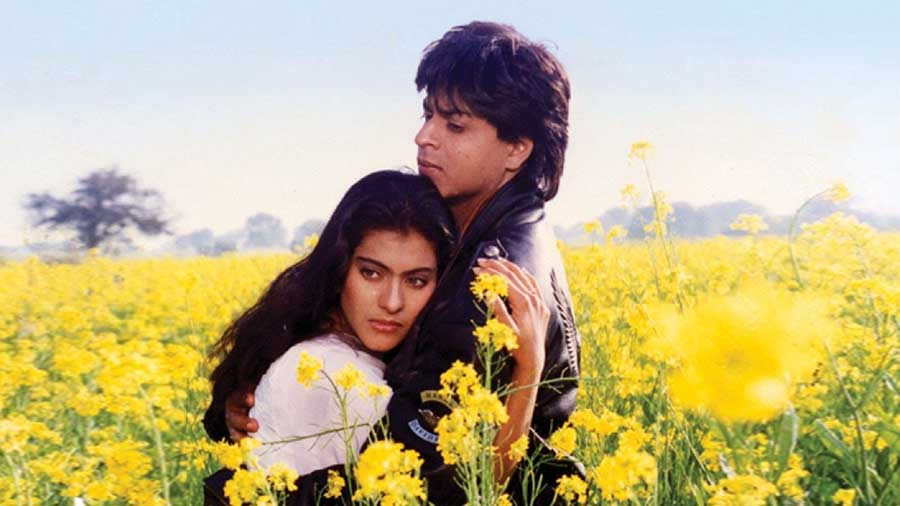
According to Bhattacharya, SRK represents a progressive masculine ideal in a culture of few male role models YRF
As for the second function, he also represents opportunity. As the economy began to transform, he began to embody that transformation. All the consumer products that he was endorsing, the men that he was playing in his films, all of that is a function of market liberalisation. The fact that we all could see him on satellite TV, thanks to the changes in telecom, was key.
But sadly, Shah Rukh also represents a theme in the book about how the opportunity of liberalisation has failed women, as borne out by data on mobility and jobs, which shows that the economy has mostly modernised and liberalised for men.
Women in his films speak more, they’re never inconsequential
Compared to Salman and Aamir Khan, Shah Rukh seems to have a much wider fan base among women. Is it because his characters seem more vulnerable or is there something more? And how much does his off-screen persona add to his charm?
All these actors have huge fan bases. But to me what’s interesting is that the celebrities have these personas which aren’t consumed the same way. When you see the women in the book, you find out that they love Shah Rukh for very different reasons.

Bhattacharya argues that Shah Rukh’s persona makes him far more accessible to female viewers than Salman or Aamir Khan Rahul Awasthi/TT archives
The kinder, gentler masculinity is definitely common. From the slums of Ahmedabad to the posh parties of Delhi, women everywhere told me how he speaks to women with such consideration and kindness. But there are other differences in how women see him.
For elite, upper-class women, he stands for social mobility, as he made it on his own without any networked wealth and patronage. He sublimates that struggle. For the middle class, he represents opportunity, liberation and professional ambitions. He becomes a self-help guru. For the low-income communities, he is just love, the romance and the thrill…. For them, he is an escape, a relief.
He has a very different model of masculinity as compared to a stoic Salman or even an Aamir, who’s not as accessible or emotionally available.
Is it also because female characters in Shah Rukh’s films have more agency?
I fully agree. Take his last film Zero, which I absolutely loved, even though it didn’t do very well. It takes such a brave person to play a narcissistic dwarf who’s rejected by a big scientist and then by a big actress. So yes, women in his films always have more romantic agency, they speak more, they’re never inconsequential. He did Dear Zindagi, about which he said that it’s “Alia (Bhatt) and Gauri’s (Shinde) film”. Honestly, I don’t know very many South Asian men who can let women shine like that.
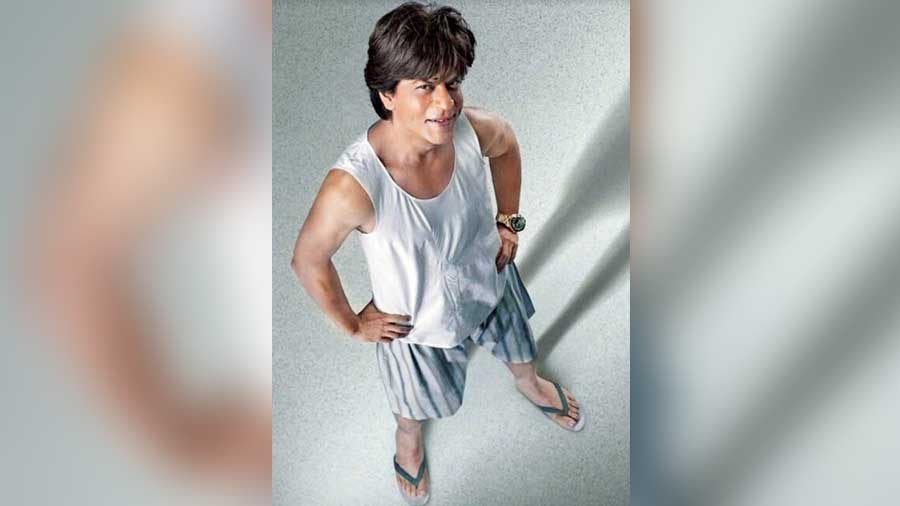
Bhattacharya commends SRK’s bravery for opting to play a narcissistic dwarf in ‘Zero’ Red Chillies
Film after film, he gives up his job, his ice cream, even his life
Earlier, a lot of Shah Rukh films celebrated the idea of romantic love as something that is sublime, almost sacred. That idea no longer exists in contemporary Bollywood. Through all the conversations you have had for your book, do you feel that the Shah Rukh school of love has become outdated today?
I think we have a crisis of love in our country. I describe it towards the end of the book as “Loveria”. On the one hand, the traditional heterosexual love between a man and a woman, the classic pair-bonding doesn’t really appeal to people anymore, it doesn’t hold as much charge as people are exploring their sexuality and identities much more. On the other hand, within the traditional heterosexual romance market, love has become all about control and power in our culture, where we place our own needs and vanities at the centre of every interaction.
What Shah Rukh’s films show is the idea of love as generosity, kindness, solidarity and friendship. His characters place the feelings of someone else above their own selves. Film after film, he gives up his job, his ice cream, even his life in Dil Se.. This kind of empathy and awareness is reducing today.
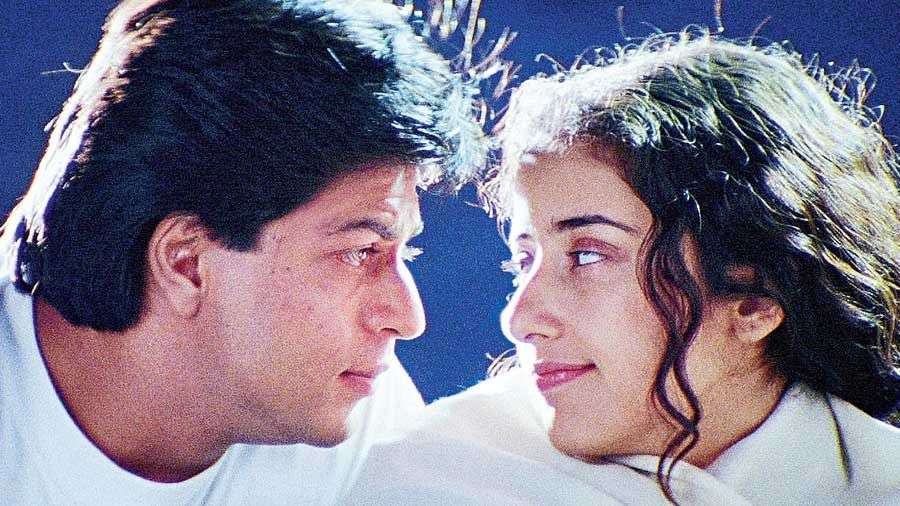
The sublime, romantic love that characterise many of Shah Rukh’s characters reaches its selfless best in ‘Dil Se…’
For research, I used to stand outside Mannat and interview fans. There was this unspoken idea that we (as fans of Shah Rukh) are involved in something together and we acknowledge that we have needs. Which is why the fans make space for each other to sit on the pavement. To me that’s the kind of project of love that I believe in, a love that is accommodating, the kind I see in his films.
However, with the internet, social media and our politics being the way it is, we’re becoming a very individual-centric society where everyone wants to hustle, get ahead and feel good about themselves in the process. As a result, love becomes more insecure, it becomes about having the perfect waistline or the best job in order to get someone to love you.
You write, “A woman on celluloid is always the Beauty, the B*tch or the Bechari, never even our own muddled desi Bridget Jones.” But would you not agree that in the last few years Indian cinema, especially through OTT, is expanding the scope of female characters?
I agree, it has expanded the scope. But in making the observation in the book I’m very much thinking of women in big-budget films, also in multiplex films. But yes, OTT is where women characters actually speak. Which is why I loved Bombay Begums, for instance.
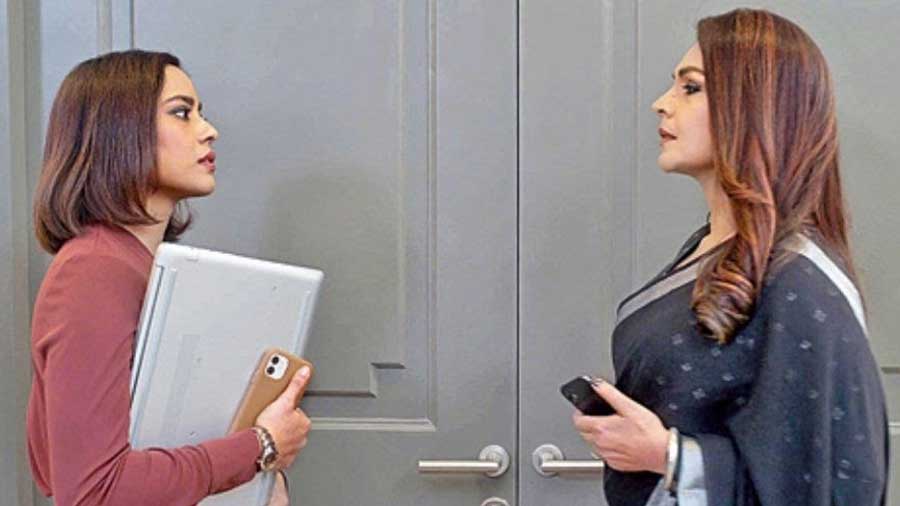
Bhattacharya believes that female characters actually speak on OTT platforms and cites ‘Bombay Begums’ as one of her favourite shows Netflix
But coming back to the multiplex films, even in the so-called progressive ones where it’s supposed to be a woman’s film, men speak the most. Take Dangal as an example. On OTT, women feel like real people, complex characters. Whereas in the multiplex films, the only liberation that many scripts are interested in revolves around the sex lives of the women. Rarely do we know if these women have jobs or other details about their lives. In so many of these films that are apparently layered and complex, I don’t really know what the women are doing. I know who they’re sleeping with, but that’s about it. This is why I make the characterisation I do in the book.
She isn’t searching for praise, but just someone to talk to about what she does
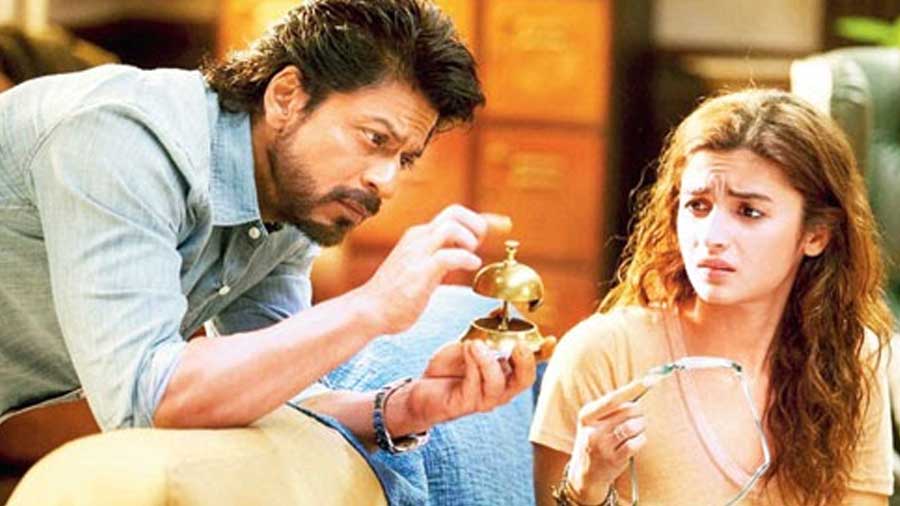
Many of the issues faced by the urban women in Bhattacharya’s book are depicted in Alia Bhatt’s character in ‘Dear Zindagi’ Red Chillies
The subtitle of your book uses the word “lonely” to describe young women in India. Why are these women lonely? Is it because, borrowing from the subtitle, Indian society does not allow them to strike a healthy balance between intimacy and independence?
I think it goes back to the idea of love we were talking about earlier, about women feeling that their needs are never acknowledged, let alone met. For example, take the accountant I speak of in my book. She’s someone who’s looking for people to talk to her about her job, about what her work entails. She isn’t searching for praise, but just someone to talk to about what she does. But she can’t find anybody. Her friends talk about mothering or their husband’s jobs. She feels that she might be showing off if she starts talking about her job. Her family ignores her job, they talk to her cousins. While women are serving others’ emotional needs, their own emotional needs are very inadequately serviced. That’s one part of loneliness.
The second part is when you’re constantly trading off between intimacy and independence. So I agree with what you said. Especially if you look at the English-speaking cohort of women, the more economically successful they are, the less likely they are to meet men who’d love them for who they are. That burden for women, to use the language of economics, is like a hidden tax.
Coming to the Indian economy and the position of women in it, you refer to the “income effect” where a section of Indian households discourage women from working after they rise to a certain level of economic stability. Could you explain this?
The traditional script of femininity in India is that a woman’s rightful place is at home and that the world outside is for men. As families earn more money and their incomes grow higher, they can purchase more conservative values. Women (who were previously working) are asked to just come back home. If you don’t need an additional source of income, the woman doesn’t need to work. This is similar to sex-selective abortions in India, which used to be quite high among the wealthy states and in wealthy homes.
So, if you were to suggest three reforms to improve the position of women in India today, what would they be?
In an alternate reality, we could try a phase where men are retired from all public roles for one year. I don’t know if it’ll be any better, but it’ll be different.
In the current reality, I’d say we really need to acknowledge women’s unpaid work, whether through cash transfers or policies that reduce domestic drudgery, like improving access to household appliances, water and gas connections.
Lastly, we have to subsidise women’s mobility and access to information. Safe housing for single women, hostels, giving subsidies to landlords if they have a female tenant, even incentives to private companies to improve mobile phone access for women. Studies show that women struggle to migrate and follow opportunities because transport isn’t safe.
I can’t imagine any of the other Bollywood heroes doing it
Finally, is there any one haunting image of Shah Rukh Khan, from any of his films, that symbolises what India’s Lonely Young Woman is Desperately Seeking?
It’s hard for me to pick one, but the scenes in Chak De! India where he’s celebrating the success of his players, that’s something really beautiful. The other one would be the staple one, with Shah Rukh standing with his arms wide open. It has this amazing psychological appeal.
You know what, no. I’ve changed my mind. It’s when he’s cooking in the kitchen, during his episode for the David Letterman show (My Guest Needs No Introduction). He’s in the kitchen cooking chicken, talking about how he wants to learn cooking to get closer to his kids. I mean, who makes themselves so accessible? I can’t imagine any of the other Bollywood heroes doing it.

Shah Rukh performing his signature pose along with David Letterman TT archives
